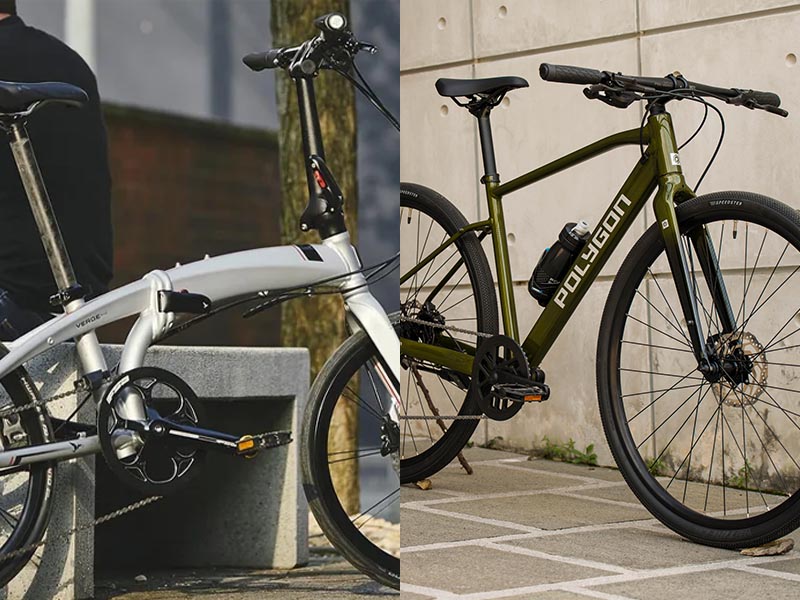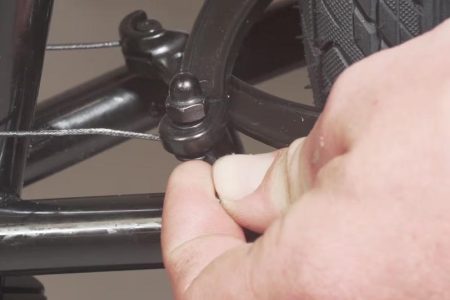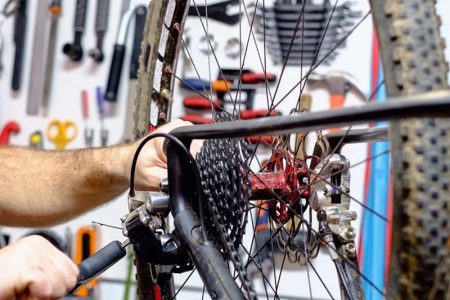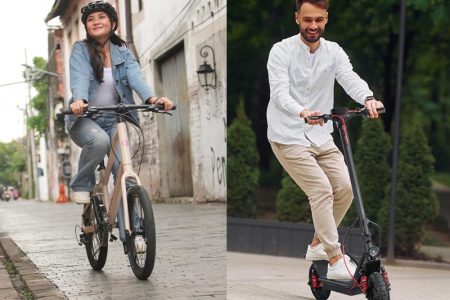Something is fascinating about folding bikes, like minimalist ninjas designed for urban life. Compact, efficient, and quick to adapt, these bikes fit right into the flow of modern commuting.
Compared to the classic look and feel of a regular bike, they offer a different kind of freedom: space-saving, train-friendly, and surprisingly stylish.
But which one fits better into city living? To answer that, it helps to compare both sides by side, through the lens of daily use, comfort, performance, and practicality. Here’s a closer look at the key differences in the ongoing conversation of folding bikes vs regular bikes.
Round 1: Portability — Who Brings That Grab & Go Energy?
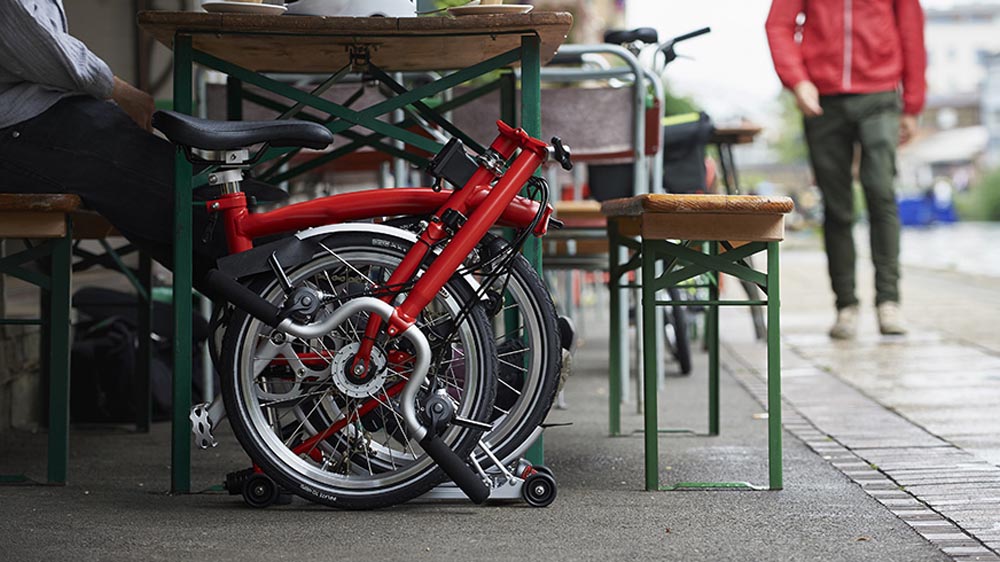
City life rarely waits. In that fast pace, portability becomes a real advantage. Regular bikes work best when they have a dedicated path, straight from home to destination, with no need to board a bus, train, or navigate tight corridors.
But if any part of the commute involves stairs, elevators, or public transit, the size of a full-frame bicycle becomes more of a challenge. It’s not impossible, just less convenient.
Folding bikes are made for moments like these. With practice, they fold down in seconds, becoming compact enough to carry into train stations, tuck into taxi trunks, or slide under desks.
The design removes many logistical barriers to cycling in a mixed commute, especially in cities with limited bike parking or narrow entryways.
This portability opens up more routes, makes last-minute detours easier, and turns bike commuting into a truly flexible mode of travel. It’s not just about saving space, it’s about removing friction from everyday mobility.
Round 2: Comfort — Taking the Seat Test
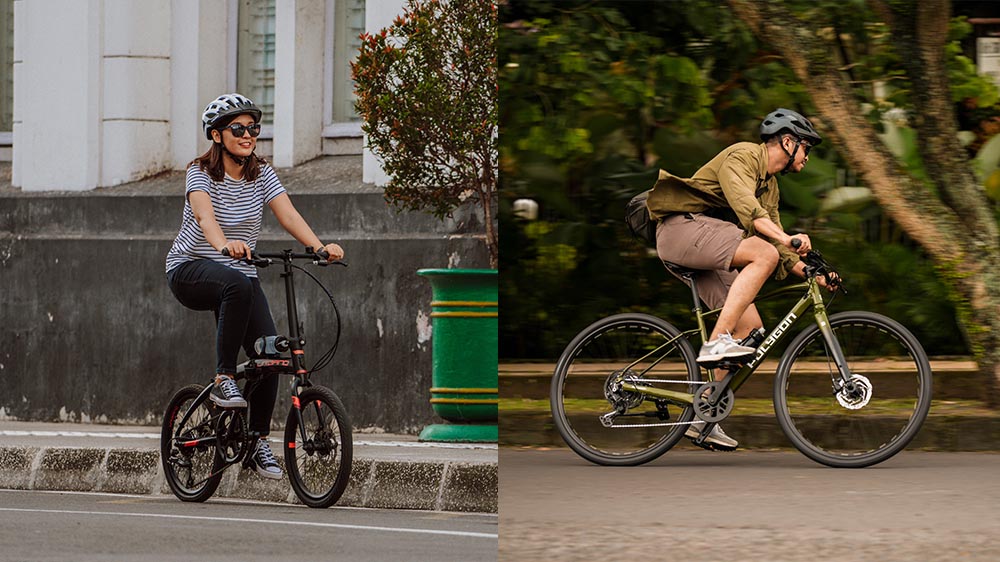
Comfort is where regular bikes often shine. With larger wheels and frames designed for longer travel, they offer more stability and absorb bumps smoothly.
The riding position can feel more stretched out and natural for those used to classic geometry. For longer distances or weekend rides, the comfort factor of a well-fit full-size bike is hard to beat.
That said, modern folding bikes have come a long way. Many are designed with adjustable handlebars and seat posts, making it possible to fine-tune the fit.
Smaller wheels do tend to make the ride feel more responsive, some might say a little twitchier, especially on uneven surfaces. But for shorter distances, that responsiveness can actually feel nimble and fun.
Comfort in folding bikes largely depends on frame design, wheel size, and geometry, and well-designed models can absolutely match daily urban comfort expectations.
The key difference lies in the use case. For longer rides or varied terrain, regular bikes still lead in comfort. For shorter, stop-and-go city commutes, folding bikes offer comfort that’s good enough, with the added bonus of adjustability and practicality.
Round 3: Speed & Style — Where Looks Meet Performance
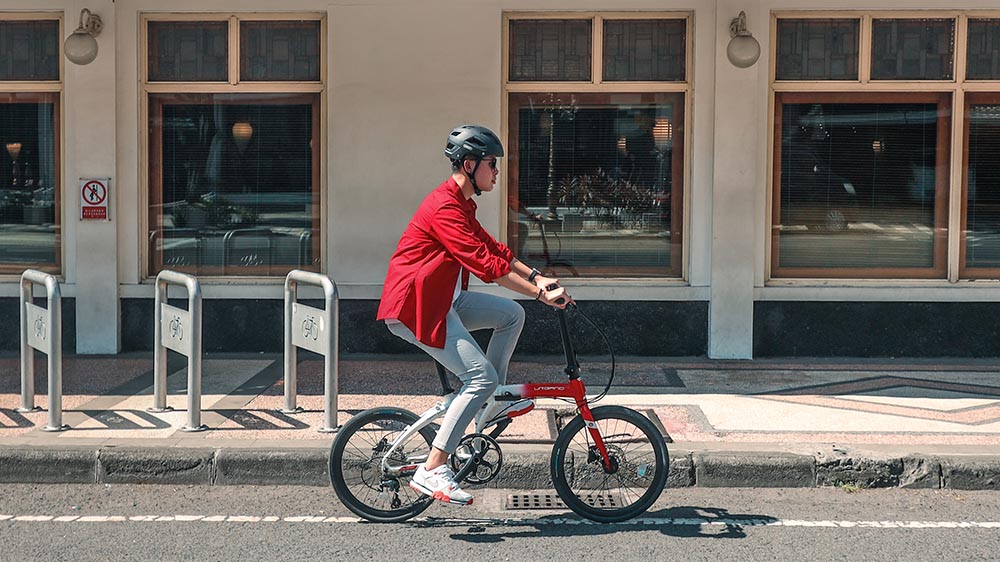
When it comes to speed and performance, regular bikes have a natural edge. Their larger wheels offer better rolling efficiency, and their longer frames improve stability at high speeds. Road bikes, hybrids, and mountain bikes are often built with performance in mind; gearing, frame stiffness, and aerodynamics all play a role.
Folding bikes, in contrast, are typically geared toward moderate speeds in urban settings. They’re agile and easy to maneuver in traffic, but smaller wheels mean more rotations to cover the same distance, and top-end speed usually isn’t the goal.
That said, many folding bikes can handle commutes at 20-25 km/h without issue, more than enough for city riding.
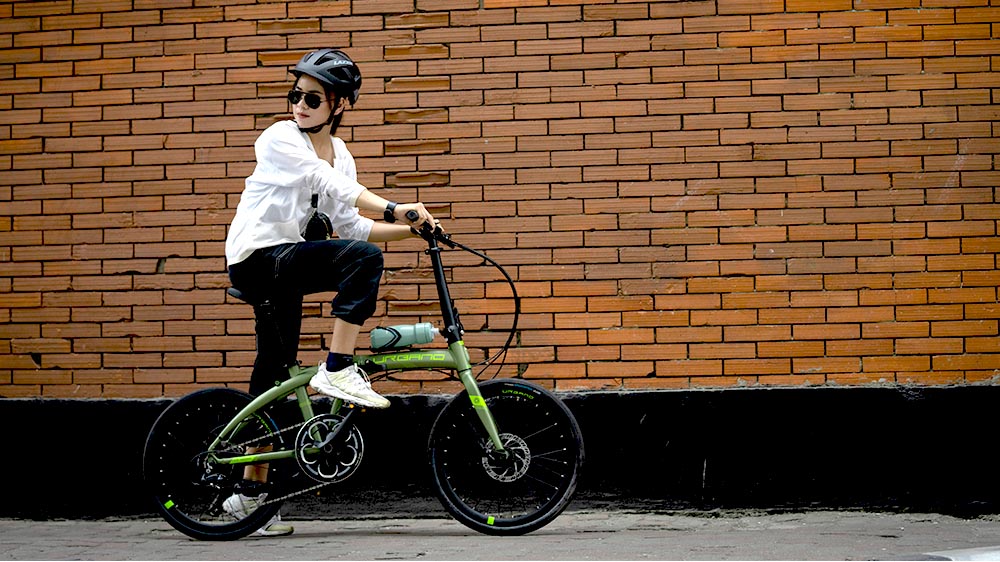
On the style front, both bikes have their charm. Regular bikes have that classic, sporty look; lean frames, big wheels, and that ready-to-go feel. Folding bikes, though, offer a more modern aesthetic.
With clean lines, compact proportions, and increasingly sleek designs, they’ve become a visual symbol of urban practicality. Some models even draw compliments at stoplights or train stations.
So while regular bikes may win on raw performance, folding bikes hold their own in the visual and urban utility department. It depends on whether the ride is about speed or smart movement through a crowded city.
Round 4: Storage — How Much Room Does a Bike Really Need?
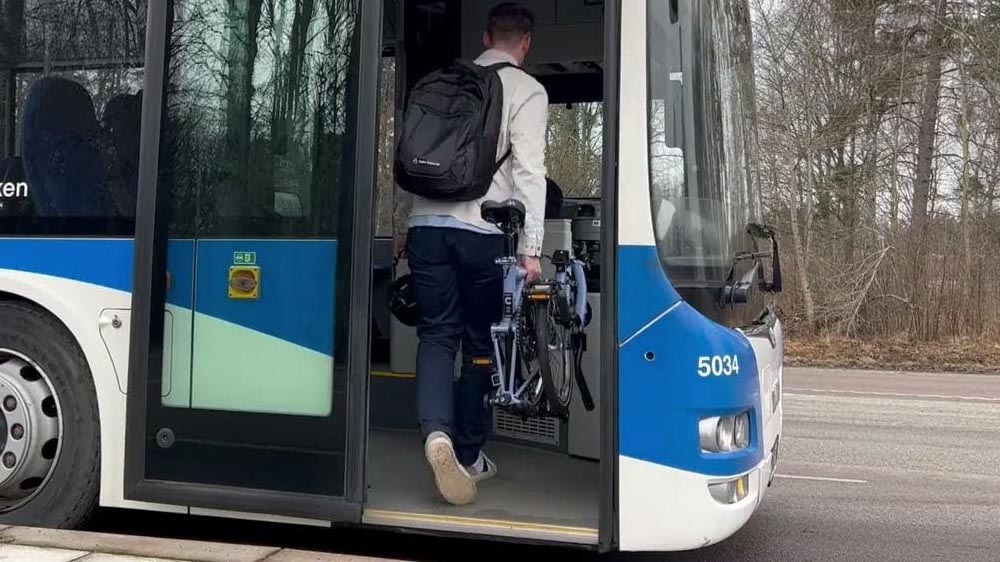
Space is a luxury in most cities, and full-sized bikes demand a fair share of it. Storing a regular bike in a small apartment, shared hallway, or office space often means rearranging furniture, installing racks, or relying on external storage.
For those with garages or dedicated storage rooms, it’s not a problem, but for many, especially in high-rise living, it adds a layer of complexity.
Folding bikes are purpose-built to remove that problem. Folded down, they can fit under a desk, in a closet, or even behind a door.
There’s no need for racks, wall mounts, or outdoor parking. Bringing a folding bike indoors is simple, clean, and secure, with no rust from rain, no risk of theft from the street.
This is also where foldables shine in multi-modal commuting. A bike that fits in a locker or under a seat means more flexibility in combining riding with buses, trains, or ride-hailing options. For urban dwellers, that kind of adaptability makes a major difference.
In tight living spaces or complex commuting patterns, folding bikes feel like they were made for the environment. Regular bikes may offer more freedom outdoors, but folding bikes offer more freedom indoors and everywhere in between.
Read also
- Buying a Folding Bike? Read This First
- Are Folding Bikes Good for Touring?
- Commute Smart: Urbano Folding Bike
Verdict: So, Who’s the Urban MVP?
In the big picture, both folding bikes and regular bikes serve their own kind of rider, and neither is objectively better. What matters is how the bike fits into everyday life.
Regular bikes are ideal for longer distances, open roads, and riders who prioritize speed, comfort, and classic cycling feel. They’re built for stability, efficiency, and extended time in the saddle.
Folding bikes, on the other hand, shine in the context of modern urban living. They adapt to small apartments, tight train schedules, and unexpected schedule changes.
They make cycling more accessible by reducing the obstacles, storage, transport, and logistics that often keep people from riding at all.
For those who value flexibility, space-saving convenience, and the ability to move seamlessly through a city, the folding bike stands out as a powerful option. It may not always be the fastest ride, but it’s often the smartest.










